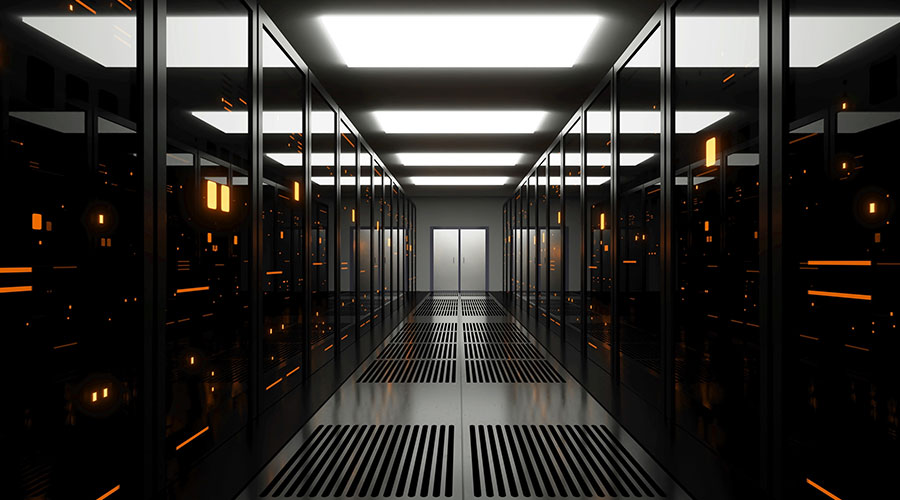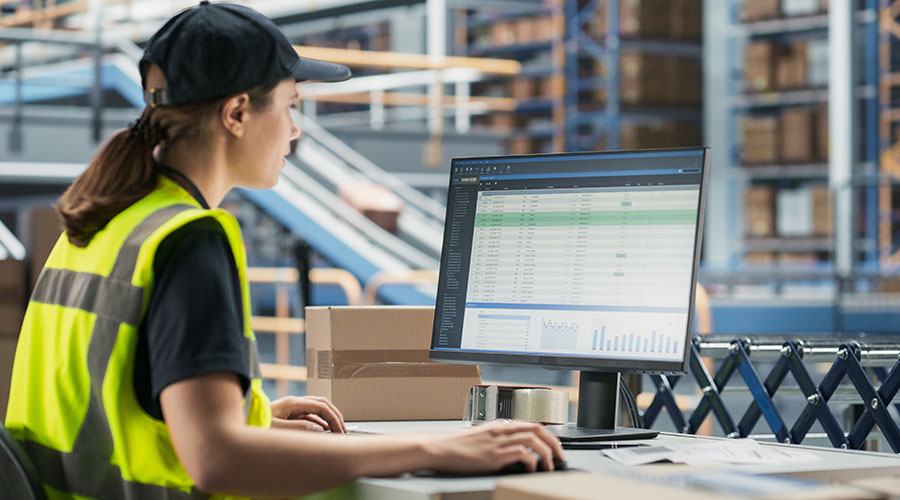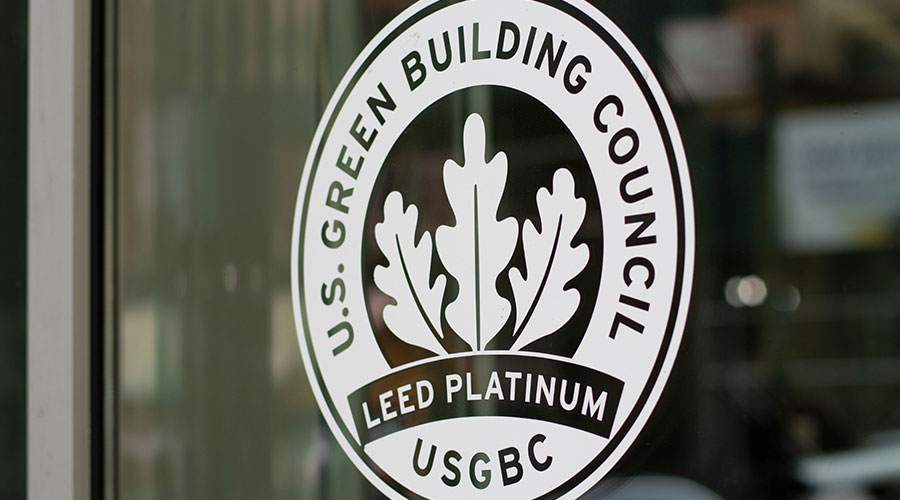
Data Centers Face Mounting Pressure from Energy Crunch
Data centers find themselves fighting an energy crunch driven by grid delays. September 11, 2025
By Jeff Wardon, Jr., Assistant Editor
Data centers continue to grow at an explosive pace matched only by the insatiable hunger for data in the modern age. As both keep expanding, however, barriers exist that will hinder their progress. Some seem obvious, others can be surprising.
What data centers are facing right now is an energy crunch that’s being fueled by grid connection delays.
A delayed connection
The average wait time for grid interconnection is currently around four years, according to Matt Landek, division president – data centers at JLL. This means that even if a data center is built within a year or two, it could be another extra two to three years just to have reliable connected power, and the facility could be left sitting idle or relying on less sustainable stopgaps for energy.
Data centers need massive amounts of energy to operate most effectively. Without interconnection coming on time, there’s a risk of patchwork solutions that can strain reliability, something that’s critical to data center operations.
“We’re beginning to see the emergence of behind-the-meter solutions really at scale,” says Landek. “Some organizations are looking to bridge power solutions as a gate connection, but there are also some going directly to full behind-the-meter solutions with gas turbines as the primary source option.”
While these solutions keep things going in the short-term, they’re ultimately antithetical to meeting either reliability or sustainability goals. Additionally, they only put a bandage over the core issue: the grid can’t deliver power quickly enough to meet demand. As such, these stopgaps could cause a troublesome ripple effect.
Rippling outward
Grid delays are just the first domino. The effects will ripple outward, touching everything from operating costs to sustainability. One of the first impacts can show up on the balance sheet, because as facilities wait for power, they’re also grappling with steadily rising energy prices.
Electricity rates are up 30 percent in the past five years, according to JLL’s North America Data Center Report Midyear 2025. With that, facility managers are left squeezed between rising costs and the need to improve efficiency wherever possible. Landek recommends right-sizing equipment, optimizing set points and making low-hanging efficiency moves such as LED retrofits as ways to help control costs.
However, costs aren’t the only concern, as uptime is nonnegotiable. The push for reliability, though, often collides with sustainability goals. This struggle between uptime and green goals forces many sites to make tradeoffs that hinder progress on sustainability targets.
“Operators will accept some near-term carbon intensity increases to meet AI demand,” Landek says.
Even though the current solutions only patch the issues at hand, Landek says organizations and operators are still making substantial long-term investments in clean energy infrastructure.
“Data center builders continue to employ efficient sustainable design and build strategies while answering to the urgent needs of a data-hungry society,” says Landek. “The key is maintaining credible pathways to their 2030 to 2040 net-zero commitments while serving immediate customer needs.”
Organizations are making inroads in developing new sustainable technologies such as liquid cooling and green natural gas generation, says Landek. This then reduces both consumption and carbon impact. In addition, hyperscale operators are addressing energy resource scarcity through aggregating multiple power sources including wind, solar, nuclear and natural gas on the backend to create a stronger energy supply that is also renewable.
“This approach allows operators to maintain reliability while reducing their carbon footprint, creating a bridge between today’s immediate infrastructure demands and tomorrow's clean energy goals,” says Landek.
Jeff Wardon, Jr., is the assistant editor of the facilities market.
Next
Read next on FacilitiesNet












